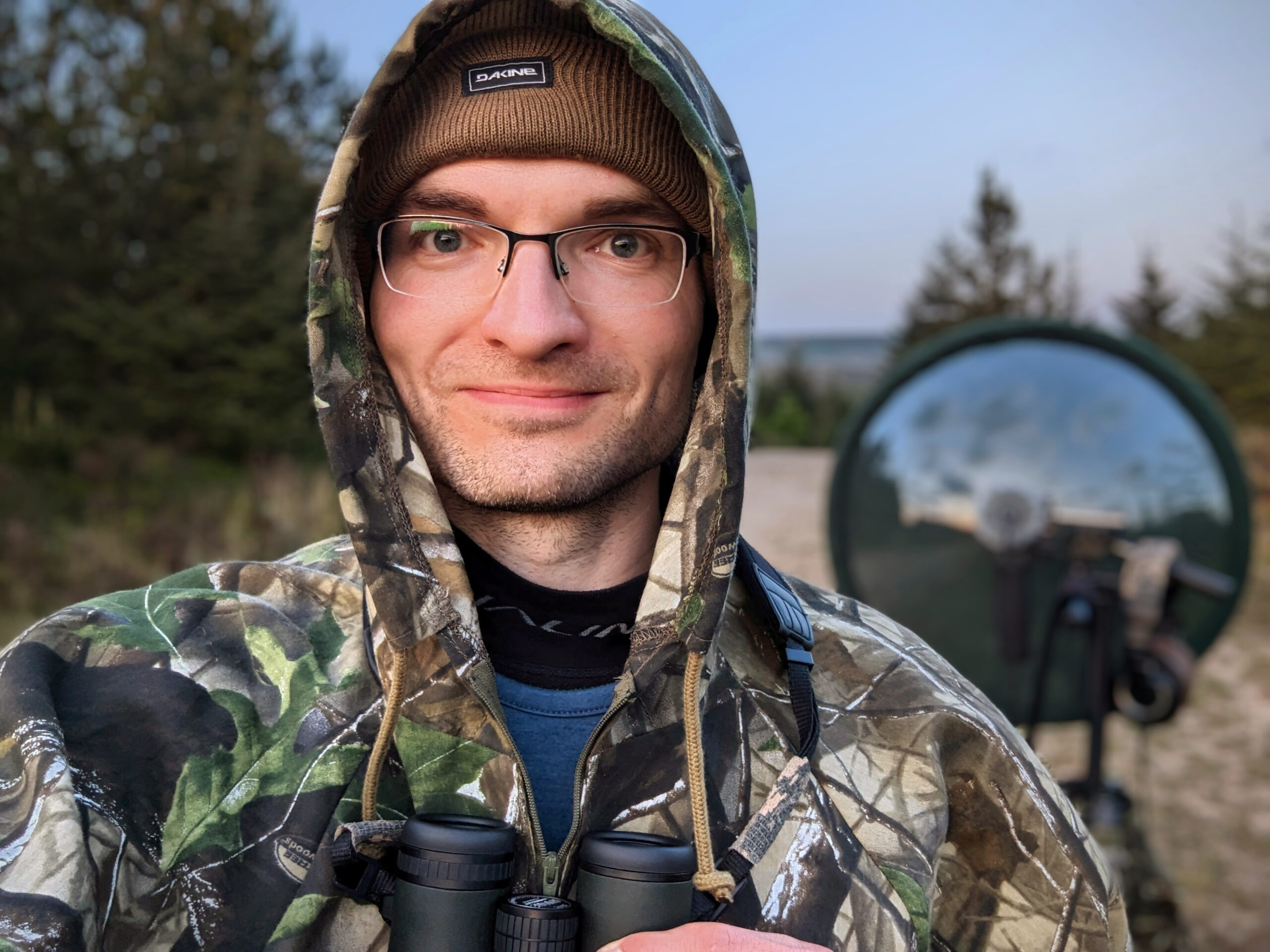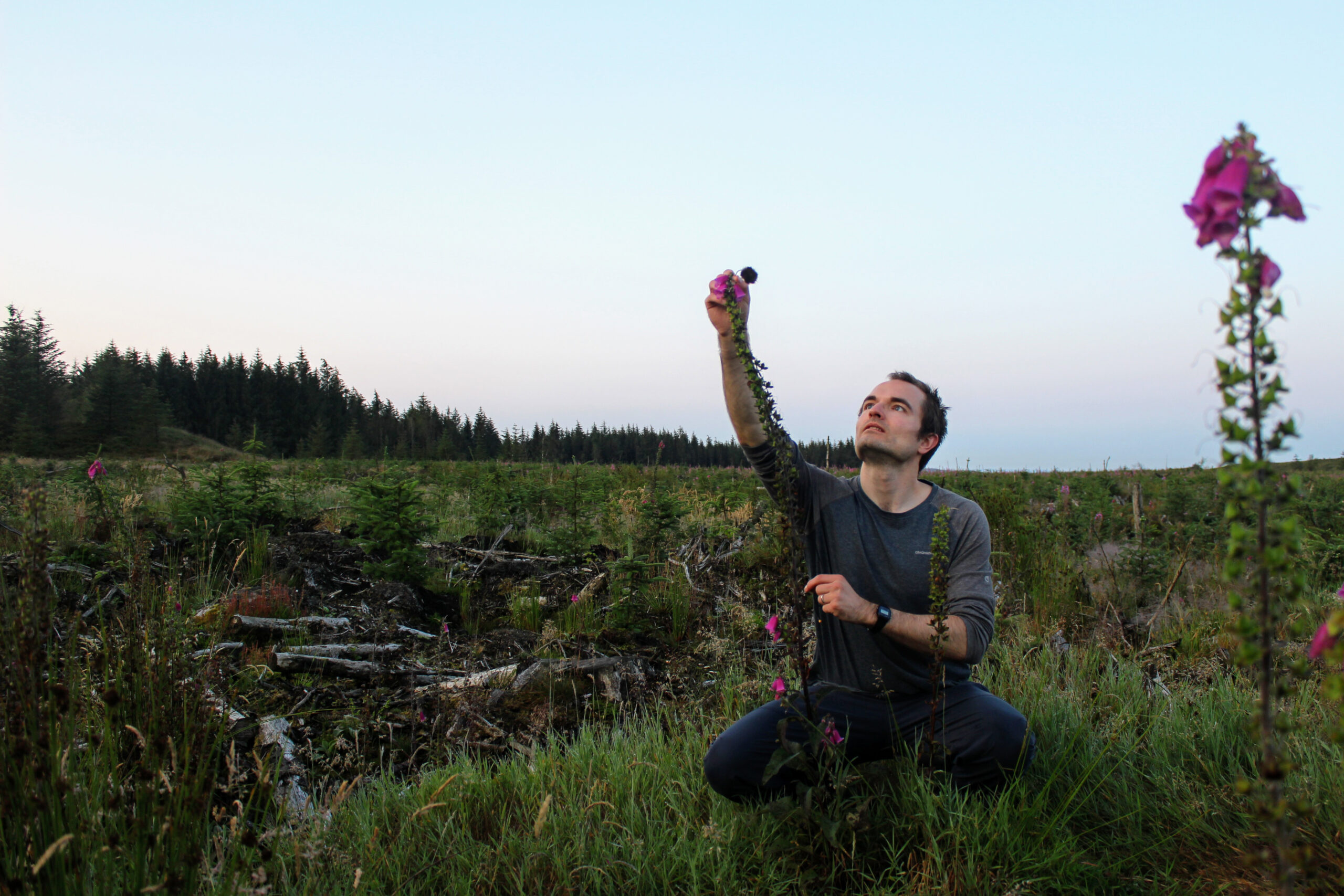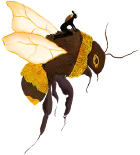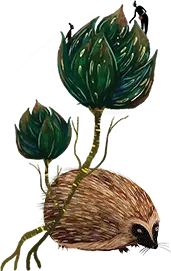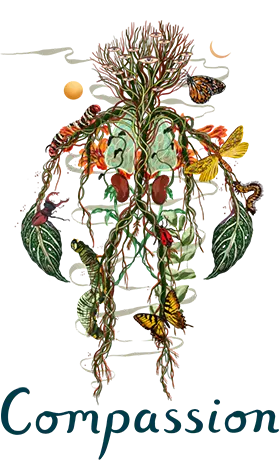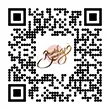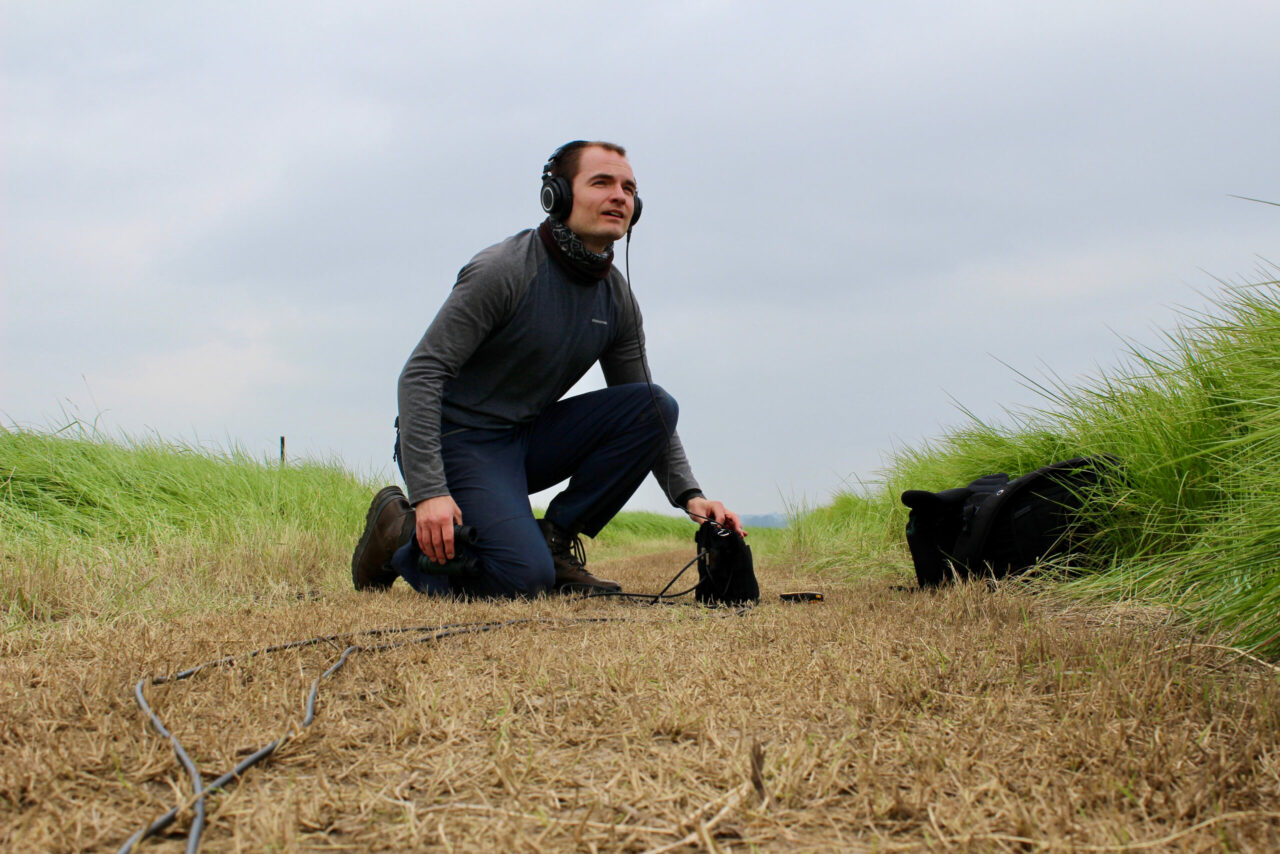
Sound Recording Tips from Mark Ferguson
Meet Mark Ferguson
Mark Ferguson is a UK-based wildlife sound recordist and sound artist, whose award-winning work explores the unique and intricate sonic detail of the natural world.
His ongoing creative and research interests include: the development of new narrative approaches for bat detecting; electroacoustic music composition with wildlife sounds; the potentialities of audio practice for conservation and environmental awareness-raising; and wildlife sound cataloguing.
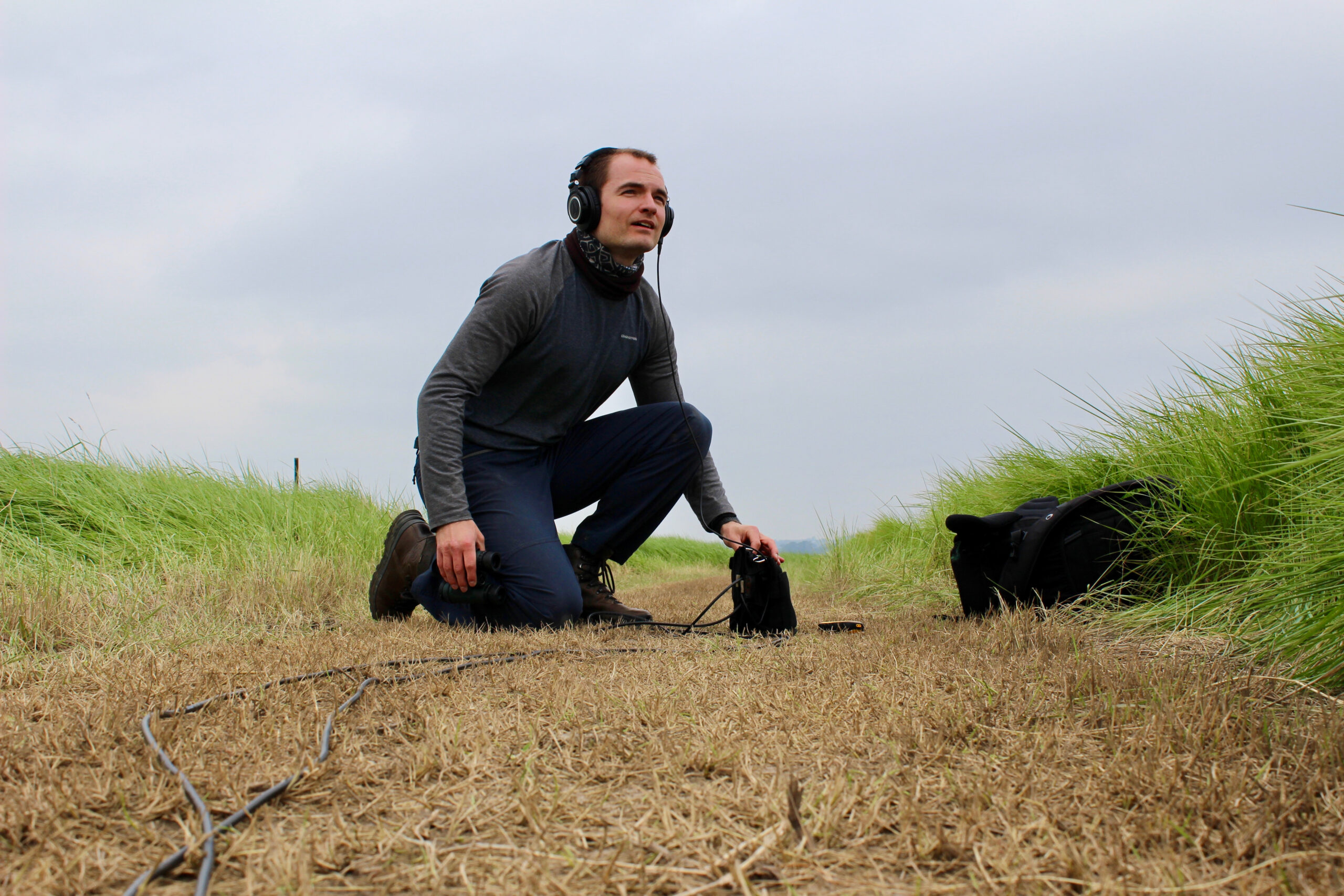
Mark’s recordings and projects have been broadcast by the BBC, mentioned by the Guardian, and featured in leading arts and cultural venues worldwide. He is a member of the Wildlife Sound Recording Society, Bat Conservation Trust and Wildfowl & Wetlands Trust, and is an established contributor to the Wildlife and Environmental Sound Archives at the British Library.
Sound Recording Tips from Mark
Listen.
Honestly, just be still and listen. Leave your phone behind, or turn it off. Don’t speak: instead, focus on the sounds other species are making.
Take time.
We are a visually driven species, and since visual communication is immediate, we often expect an ‘immediate return’ when using our other senses. Sound, by its very Nature, takes time to process.

Focus on fieldcraft.
In my experience, around 80 or 90% of wildlife sound recording is fieldcraft (i.e. observing species, developing your approaches, and reading the soundscape). Do not get sucked into ongoing conversations about what audio recording equipment is best, since this will only blind you to its true purpose of capturing interesting, audible animal behaviours.
Wear quiet clothing.
A lot of materials suitable for photography won’t be ideal, since the slightest movement of a sleeve or turn of a head will be captured by your microphones (if they are placed nearby). Soft clothes are best, and they shouldn’t flap around in the wind.
Do something useful with your recordings.
Sound is an incredibly powerful phenomenon, but this fact is easily forgotten in our visually saturated culture (to understand this better, try muting your favourite series or film for a few minutes). Sound recording has the power to highlight habitat loss and issues of conservation importance in a way that visual material never can, because it demands an investment of time. We need to harness this, and use microphones to raise awareness through audible storytelling.
